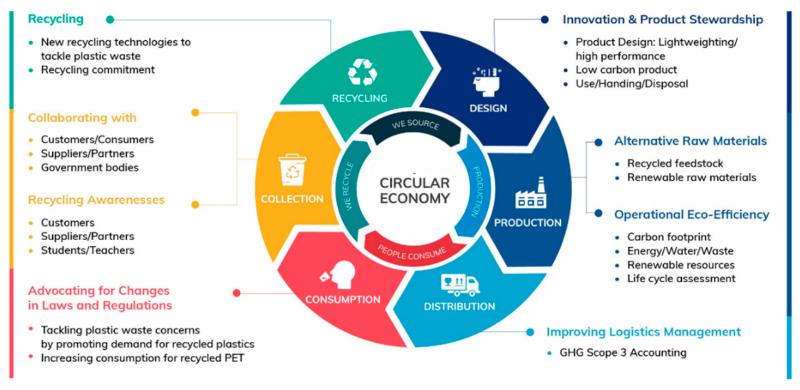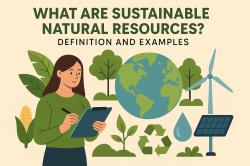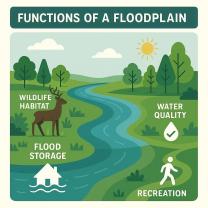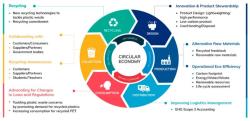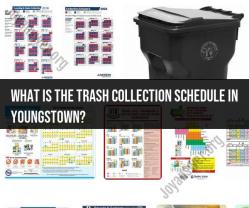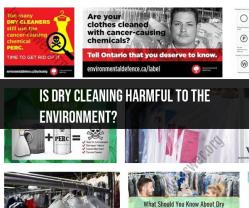What is circular economy of polymers?
The circular economy of polymers refers to a sustainable approach to the production, use, and recycling of polymer materials, which include plastics. It aims to reduce waste and minimize the environmental impact of plastic materials by promoting a closed-loop system where polymers are continuously reused, recycled, or repurposed instead of being disposed of as waste. This concept is part of the broader circular economy model, which emphasizes resource efficiency and waste reduction.
Key principles of the circular economy of polymers include:
Reduce: Minimize the use of virgin polymer materials by designing products with longevity and durability in mind. This involves creating products that can be repaired and upgraded, thus reducing the need for constant replacement.
Reuse: Encourage the reuse of polymer-based products and packaging wherever possible. This may involve implementing systems for refillable containers, sharing resources, or using materials in a way that allows for repeated use.
Recycle: Develop efficient recycling processes and infrastructure to recover polymer materials from products and packaging at the end of their life cycle. These materials can then be processed and used as feedstock for new polymer products. Mechanical recycling and chemical recycling are common methods for reclaiming plastic materials.
Recover: Recover energy from non-recyclable or non-reusable polymer waste through waste-to-energy processes. While this isn't the most sustainable option, it can help reduce the environmental impact of plastic waste that cannot be recycled or reused.
Innovation: Encourage innovation in material design and recycling technologies to improve the sustainability of polymer products and reduce their environmental footprint. This includes creating new polymers that are easier to recycle or developing more efficient recycling methods.
Extended Producer Responsibility (EPR): Implement EPR programs that hold manufacturers responsible for the life cycle of their products, including their recycling and disposal. This encourages companies to design products with recycling and sustainability in mind.
The circular economy of polymers addresses the environmental challenges associated with plastic pollution, resource depletion, and the carbon footprint of polymer production. It seeks to reduce the negative impacts of polymers on the environment by promoting a closed-loop system where materials are reused and recycled as much as possible, reducing the need for new plastic production.
To make the circular economy of polymers a reality, it requires collaboration between governments, industries, consumers, and the development of robust recycling and waste management infrastructure. It also involves raising awareness about sustainable consumption and responsible disposal practices.
The Circular Economy of Polymers: A Sustainable Approach
The traditional linear economy, characterized by a "take-make-dispose" model, has resulted in significant environmental challenges, particularly in the realm of plastic waste. The circular economy offers a promising alternative, emphasizing resource efficiency, waste reduction, and the creation of closed-loop systems. In the context of polymers, the circular economy aims to minimize the environmental impact of plastic production, consumption, and disposal by adopting a holistic approach that encompasses design, manufacturing, use, and end-of-life management.
Recycling and Reusing Polymers in the Circular Economy
Recycling and reuse are cornerstones of the circular economy for polymers. Recycling involves converting plastic waste into new products, reducing the need for virgin resources. Mechanical recycling, the most common method, physically breaks down plastic waste into reusable material. Chemical recycling, an emerging technology, breaks down polymers into their molecular components, enabling the creation of new high-quality products. Reuse involves extending the lifespan of existing plastic products by finding new applications for them, reducing the overall consumption of plastics.
Environmental Benefits of Implementing a Circular Economy for Polymers
Implementing a circular economy for polymers offers a multitude of environmental benefits:
Reduced Waste Generation: By diverting plastic waste from landfills and incinerators, the circular economy minimizes the environmental impact of plastic disposal.
Conservation of Natural Resources: Recycling and reuse reduce the demand for virgin resources, such as petroleum, preserving natural resources for future generations.
Lower Greenhouse Gas Emissions: The production of virgin polymers is energy-intensive, contributing to greenhouse gas emissions. Recycling and reuse reduce the need for virgin polymer production, lowering emissions.
Protection of Ecosystems: Plastic waste pollution poses a significant threat to ecosystems. By reducing plastic waste, the circular economy protects biodiversity and ecosystem health.
Economic Opportunities: The circular economy creates new job opportunities in recycling, reuse, and remanufacturing industries, stimulating economic growth.
Transitioning to a circular economy for polymers requires a concerted effort from various stakeholders, including policymakers, industries, and consumers. Governments can implement policies that encourage recycling, support research and development in circular technologies, and promote circular economy principles among businesses and consumers. Industries can design products for recyclability, invest in circular technologies, and adopt circular practices throughout their operations. Consumers can make informed choices, opting for durable and recyclable products, and actively participating in recycling and reuse programs.
By embracing the principles of the circular economy, we can transform our relationship with polymers, ensuring a more sustainable future for our planet and its inhabitants.
